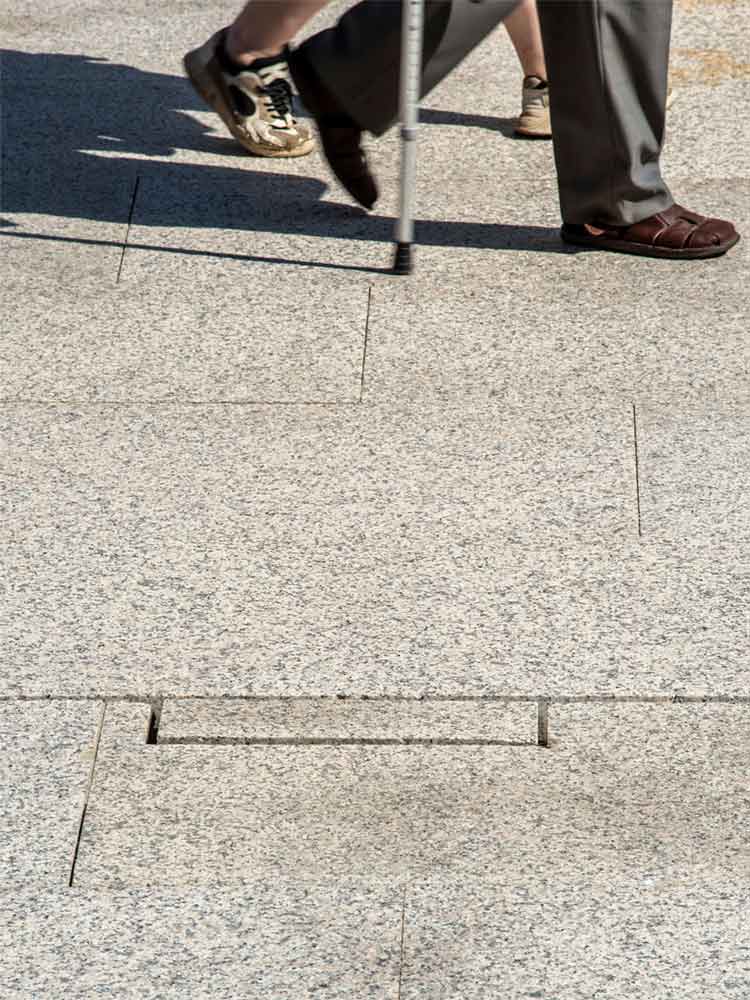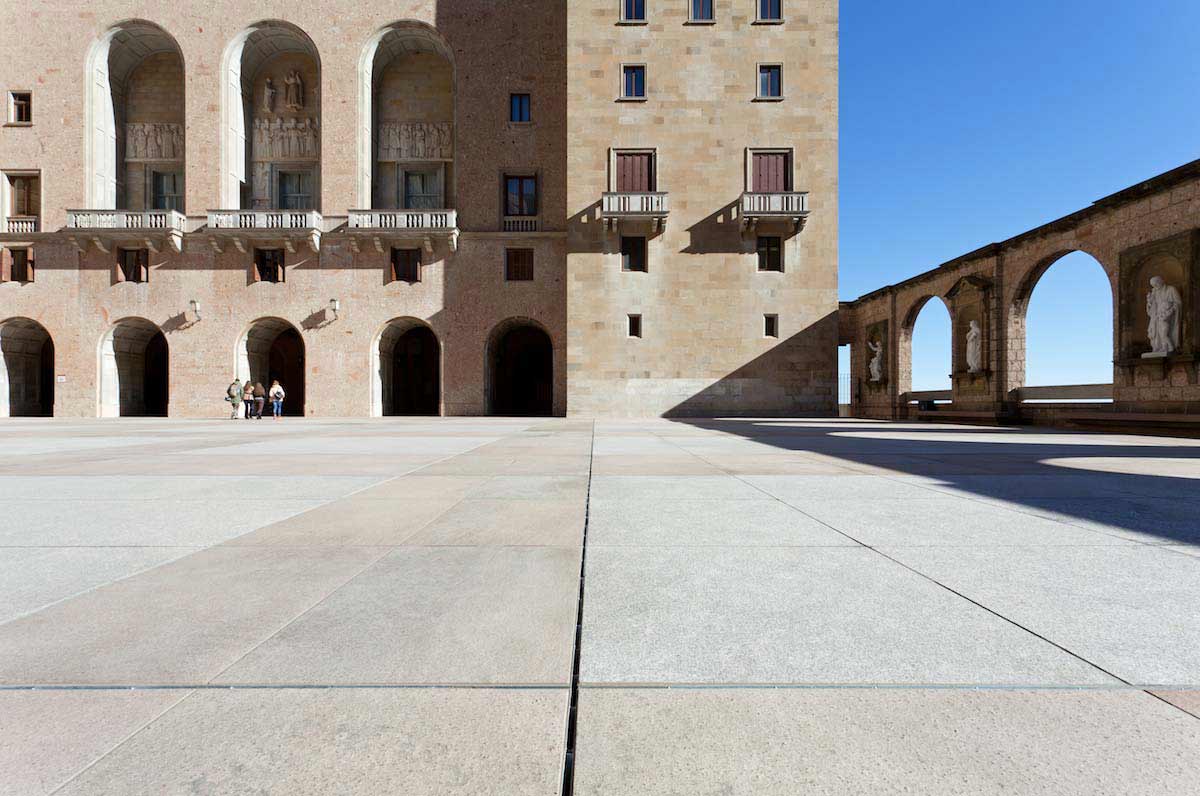Over the past several centuries, as human civilization has evolved, multiple aspects have drastically changed to assist a man’s civic necessity.
Whether the housing style or any other aspect, every element we see today is greatly important in our favor.
Among many such things, one that is greatly important is the sewage and drainage system. The overall establishment of the drainage system has evolved over the years since it was first introduced by the Romans in the form of clay gutters in 24 BC.
Slowly and gradually, as time passed, the different landscapes evolved in the face of mankind, which eventually gave birth to the need for sophisticated drainage solutions.
Among several experiments on the line for good, a concept of slot drainage emerged, a perfect blend of functionality and aesthetic glaze.
Slot Drainage: A Detailed Overview
Technically, slot drainage is a linear drainage system settlement characterized by a narrow and elongated opening. This design helps the water to flow into a dedicated concealed channel underneath.
It is a completely different style from conventional channel drains, which have wide, open tops and visible gratings.
It rather has a sleek, invisible profile that perfectly complements the surrounding surface, helping to create visual appeal while supporting functionality.
What are the Benefits of Slot Drainage?
Among several primary advantages of slot drainage, one significant advantage is its aesthetic. Its design allows it to blend perfectly into various architectural designs.
This factor makes it an even more crucial addition in projects where visual appeal is key.
Another significant aspect of slot drainage is that despite its slim profile, it boasts an impressive load-bearing capacity.
For an even better understanding, some models can support D-400 load types, which makes them suitable for usage in areas with heavy vehicular traffic.
1. Technical Usage
Usually constructed of durable materials like stainless or galvanized steel, slot drains are long-lasting and corrosion-resistant.
They are available in different widths; single slots are typically 15 mm wide, while double slots are around 26 mm wide.
It also has varying hydraulic capacities based on the installation and type. For double-slot gratings, some systems provide collection flows between 150 and 240 cm³/ml, effectively managing water in most applications.
2.Ease of Installation and Maintenance
The installation of slot drainage needs precision to help in optimal water flow and hassle-free integration with the area where it is being installed.
The installation process might seem more complex than that of a traditional drainage system. However, the final look easily overcomes the challenges.
Maintenance is crucial to ensure longevity and efficiency. Its regular cleaning helps prevent clogging issues and ensure consistency in performance.
Most systems have access points or removable sections to help maintain and remove debris after construction or otherwise with over-the-time accumulation.

3. Applications
In urban settings where maintaining grand old settings and upholding their visual integrity is crucial, slot drainage is a perfect choice.
It looks good in brand-new house projects where elegance is prioritized.
Slot drains provide a flexible solution for various applications, from residential and commercial parking lots to pedestrian walking pathways.

Challenges Associated with Slot Drainage and its Solution
We have studied the diverse range of benefits that slot drainage offers sideways; it is also important to consider its potential drawbacks.
Its narrow opening is more susceptible to clogging than the wider channels, especially in regions with high debris accumulation. In addition, the initial installation cost is high.
These challenges can be carefully handled with the proper design, customizing through regular maintenance, and considering the needs of each project.
You can get it done through strategic guidance from ULMA on the offering.
The drawbacks associated with slot drainage is perfectly catered through customized mechanics by ULMA Architectural Solutions.
The slot drainage’s foundational inverted ‘T’ or ‘L’ shaped grating model was developed by the Department of Engineering of ULMA. It is perfectly adaptable to different channel models and available in galvanized and stainless steel.
Among other major drawbacks is limited water-handling capacity, where the slot drainage option is less effective than the conventional system. It has significantly addressed challenges in areas with heavy rainfall; however, ULMA has developed channels where the slot drain can fit, and the hydraulic capacity can reach 240 cm2/ml.
Final Words
With the evolution of urban design, the demand for more efficient drainage solutions will significantly evolve.
Slot drainage is a significant step forward in the road ahead, and it is important to balance functionality with aesthetics.
Now, when considering drainage solutions for any project, measuring each site’s requirements against its limitations is much more essential.
Thus, while embracing innovative solutions like slot drainage, it is important to do the necessary checks and balances to avoid hassle.
Hope this detailed guide clarifies the intricacies associated with slot drainage and its future ahead.

